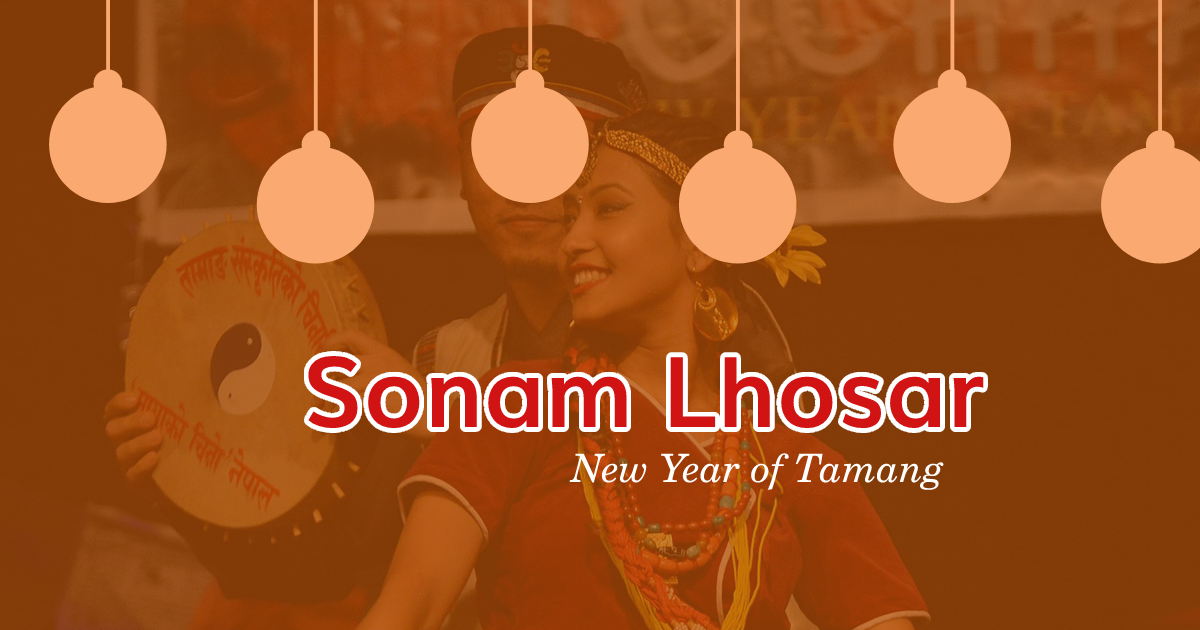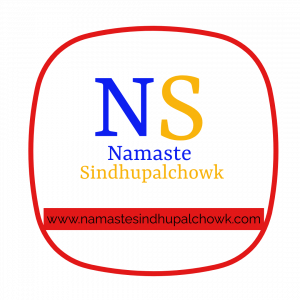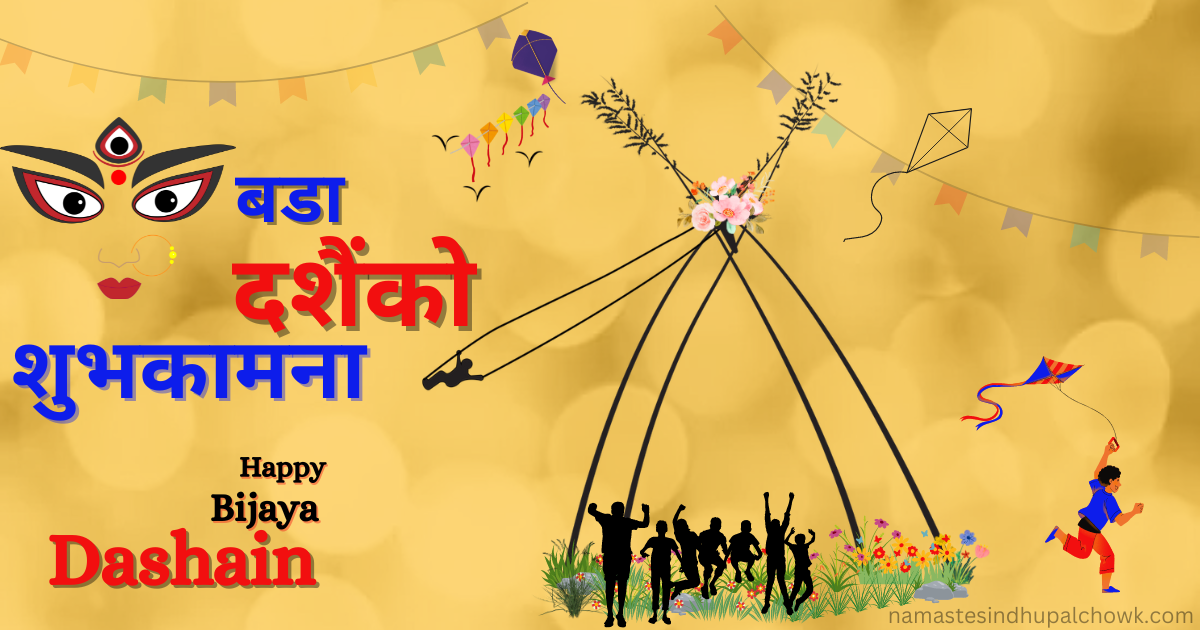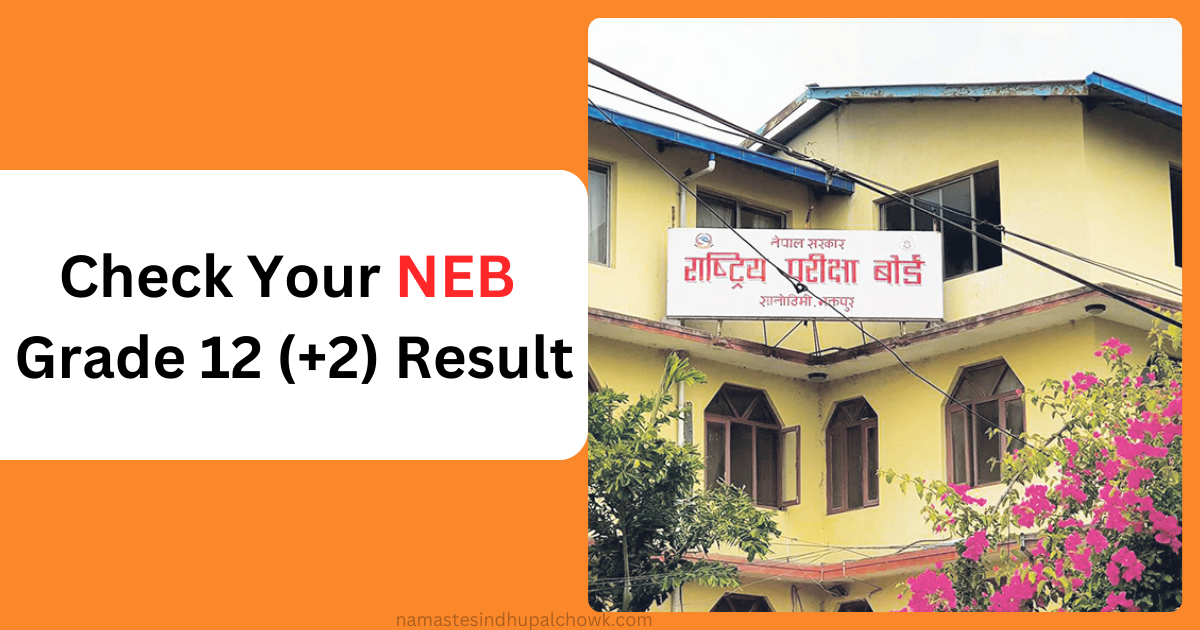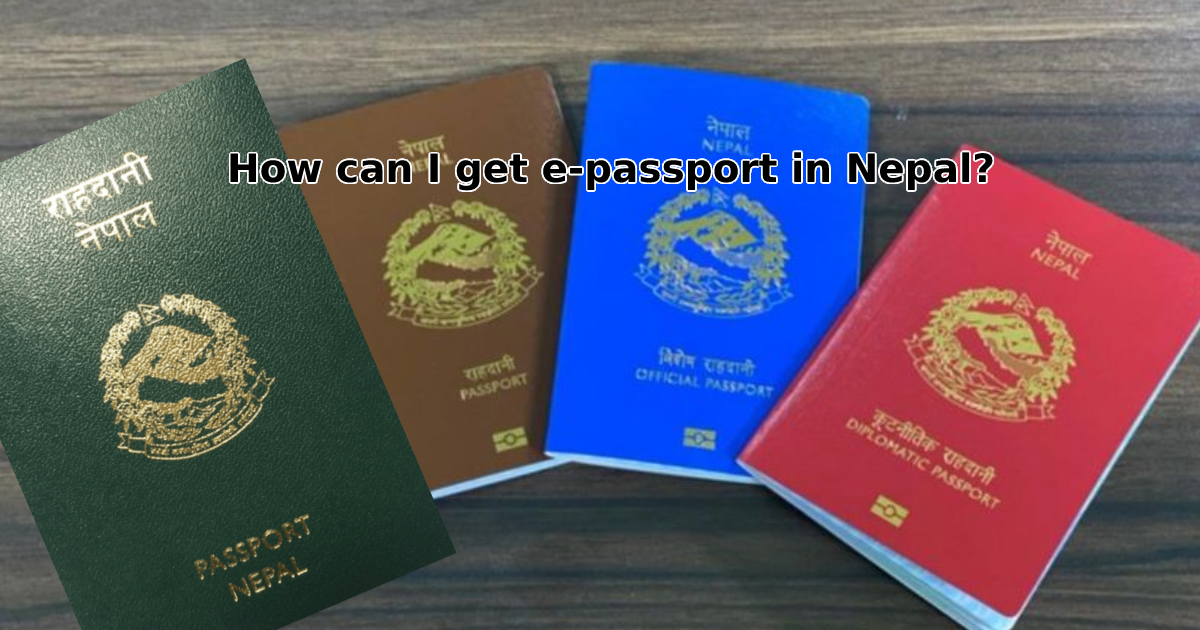Sonam Lhosar is a great festival for Tamang and Hyolmo communities scattered worldwide. Sonam Lhosar is celebrated within the Tamang communities like Tamu of Gurungs, and Gyalbo Lhosar of Sherpas. According to the calendar of the Tamang community (Chandra Patro), the year changes on Sonam Lhosar. That is why the Tamang community has been celebrating Sonam Lhosar as a new year. The Tamang community scattered in Nepal, Bhiyatnam, Thailand, Laos, Barma, Bhutan, India, and other countries of the world celebrate Sonam Lhosar by organizing a special cultural program.
Read Also: Losar Festival in Nepal
The Tamang community celebrates Sonam Lhosar according to their original culture, costumes, costumes, and traditions. On this day, Tamang communities from all over the world exchange greetings by tying together a garland. Especially “Kul Puja”, “Prakriti Puja” is the attraction of Sonam Lhosar. Tamang is considered a nature-worshipping community. That is why the Tamangs worship their clan gods and nature on the day of Lhosar. On this day, Tamangs go to the monastery to worship, take blessings from seniors, sing the Selo (Special Song of Tamang), and perform activities such as dancing to the Damphu music. In today's modern times, Sonam Lhosar has helped the Tamangs scattered all over the world to unite.
Sonam Lhosar (Tamang New Year), Festival of Tamang
Based on caste and spoken language, the Tamang community is at the forefront of Nepal. Tamang is an aboriginal tribe / indigenous of Nepal. Among the languages spoken in Nepal, Tamang ranks 5th. They have their own original culture, language, dress, lifestyle, history, and art. Sonam Lhosar is a very big festival of tamangs. It is celebrated as a national festival by the Tamang people living in Sindhupalchok, Ramechhap, Lalitpur, Kavre, Dhading, Dolakha, Makwanpur, Chitwan, Rasuwa, Nuwakot, Sindhuli, Sarlahi and other places of Nepal. On this occasion, the government of Nepal also gives public holidays throughout the country.
Similarly, in the places where Tamang castes are in abundance, the local levels there give 3-5 days of holiday to celebrate Lhosar. In addition, a national-level special festival is organized in Tudinkhel, Kathmandu under the leadership of Nepal Tamang Ghetung Association, and Tamang Association organizations. Those who cannot go to the village to celebrate Lhosar stay in Kathmandu and celebrate Lhosar in Tudikhel. In addition, in all places where Tamangs live, the local level organizes special programs on the initiative of the youth and Tamang Associations.
When is Sonam Losar celebrated?
Actually, Tamangs call it "Sonam Lhochar". Although other communities call it Lhosar, Tamangs originally call it Lhochar. According to this community, “Lho” means “Year” and “Char” means “New”. Sonam Lhosar is celebrated on the day of the second new moon of winter solstice i.e. Magha Shukla Pratipada according to the eastern lunar calendar. According to the lunar calendar that the Tamang people believe, the New Year starts from this day.
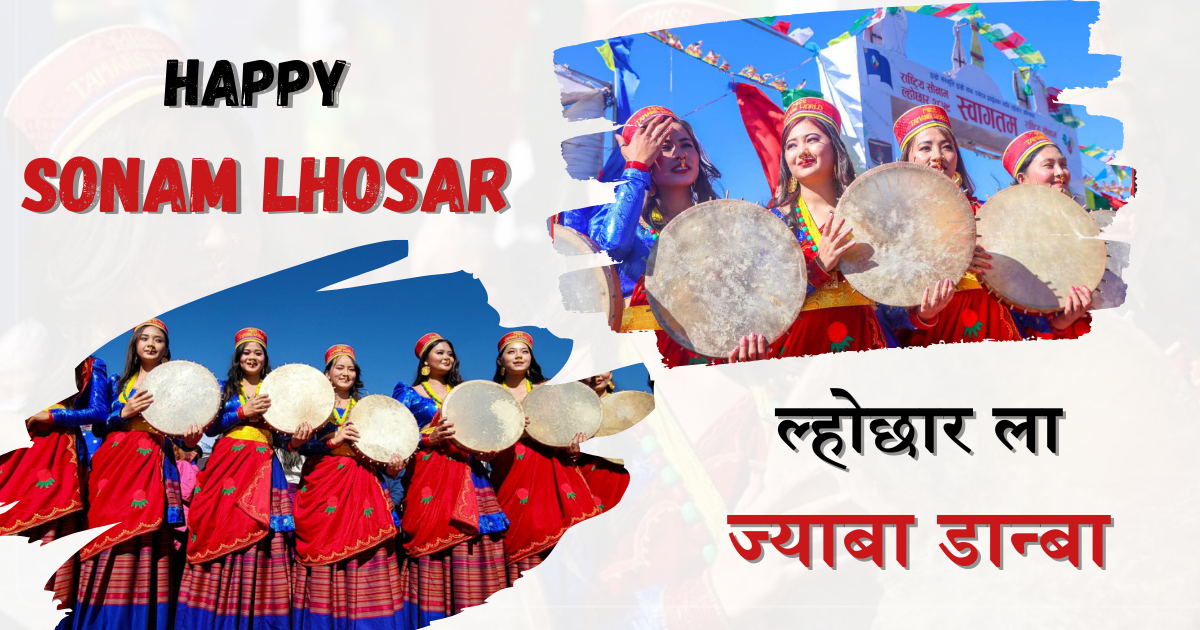
The Tamang community divides the years into 12 animal names. Every year the turn of animals comes from one to another. Thus, after 12 years, this process repeats again. The number of these 12 animals are called Jiva (Rat), Lang (Ox), Tak (Tiger), He (Rabbit), Duk (Dragon), Dul (Sanke), Ta (Horse), Luk (Sheep), Te (Monkey), Jya / Chya (Roster), Khi (Dog), and Fak (Pig) in the Tamang community.
Even if you look at the Chinese calendar, it seems that the year is named after animals. However, the calendar accepted in China and the calendar accepted by the Tamang community have their own importance and differences. According to Tamang's lunar calendar, Sonam Lhochar falls in the months of Nepali Magh and Falgun.
Why do we celebrate Sonam Losar?
The ancestors see many rituals and methods of celebrating Sonam Lhochar. People who have a lot of knowledge about Lhochar, celebrate this festival by performing various rituals. However, usually, Sonam Lhosar is celebrated by the Tamang community by worshipping their clan deity (Kul Devata). Being a nature-worshipping community, nature is also worshipped. Similarly, Tamang “Rimthim”, art, culture, Selo, and Damphu dance, dress up in Tamang dress and celebrate it through various programs. Various programs are organized and Sonam Lhosar is celebrated by worshipping their god through Tamang “Kanba” (Experts), Bonpo (Doctors), and Lama (Guru) and performing cultural dances. Similarly, cultural performances such as Mhendomaya, and Syabru are also the main attractions of Sonam Lhosar.
Preparations for Sonam Lhosar start a month before. This community cleans the yards and villages on the occasion of Lhosar. Similarly, temples, monasteries, stupas, Chyorten, Chaitya Vihar, Chautari and other places are also prepared for this festival by lighting lamps and decorating them with different types of rags.

On the day of Sonam Lhosar, the Tamang community goes to the monastery or temple and worships with their families. After that, it is customary to keep Tika for younger members. After Tika, it is customary for the younger ones to take the blessing of the older ones. Similarly, they exchange greetings with relatives who are far away. Meeting and sharing happiness with close relatives, eating different dishes in one place, and observing original art and culture are done in Sonam Lhochhar.
Tamang community in Nepal
The Tamang community is a human community living in the highlands, especially below the mountains. Most of them have been living in the highlands of Nepal, India's Sikkim, Meghalaya, Darjeeling and Bhutan since the prehistoric times of Tamang. Tamang has its art, culture, language, and lifestyle. The Tamang language belongs to the Bhot-Burmese language family. In the context of Nepal, Tamang is an indigenous tribe here. Tamang is composed of two words “Ta” and “Mang”. “Ta” means “Horse” and “Mang” means “Rider”. Which fully means, a horse-riding warrior.
The population of Tamangs is about 5% of the total population in Nepal. According to the Central Statistics Department, 90% of Tamangs believe in Buddhism. The Tamang community also believes in Bon, Tibetan Buddhism, Hinduism, Christianity, etc. Especially in Sindhupalchok, Kavre, Ramechhap, Nuwakot, Dhading, Rasuwa, Makwanpur, and Dolakha districts of Nepal, the main residence of the Tamang community. But now the Tamang community has reached almost all places in Nepal. When comparing the history of this community's settlement in Nepal, it seems that the Tamangs especially live in the area around Kathmandu.
Hyolmo Community and Tamang Celebrate Lhosar in Sindhupalchok
Sonam Lhosar is a great festival of the Tamang and Hyolmo communities. Lhosar is also a common festival in different communities except for Tamang and Hyolmo. Today it has become a nationwide festival. Because all communities celebrate. Especially Tamang, Hyolmo, Sherpa, Walung, Bhote, Gurung, Chumba, Thudumba, Dolpo, Mustange, Nimba and other communities celebrate this Lhosar.
There is a thick settlement of the Tamang community in Sindhupalchok district, which is in the northeast direction of Kathmandu. Similarly, the Helambu region is the origin of the Hyolmos. The Tamangs of Sindhupalchok (District of Gumba) also believe in the Buddhist religion. Since there are many settlements in Tamang, Sonam Lhosar is celebrated specially throughout Sindhupalchok. Here the local level gives a public holiday for 3-5 days as a local festival for Sonam Lhosar. Most of the population of the district is full of the Tamang community, Sindhupalchok is the centre of attraction for celebrating Sonam Lhosar.
What are the "Lho" of Tamang?
The Tamang community calculates the year based on the name of the animal to determine age. They are also known as "Prakriti Pujak" because they use animals that exist naturally to calculate the year. According to the Tamang calendar, 12 different types of animals are used for this purpose. These twelve animals (Lho) are as follows.
| Name of Lho | Meaning |
|---|---|
| Jiva/ Namyung | Rat |
| Lang/ग्लाब | Ox |
| Tak/ च्यान | Tiger |
| He/ तावर | Cat |
| Duk | Dragon |
| Dul/ पुख्री | Snake |
| Ta/ ताबु | Horse |
| Luk/ ग्यु | Sheep |
| Te/ माकर | Monkey |
| Jya/ नामे | Bird |
| Khi/ नाकी | Dog |
| Fak/ डोवा | Pig |
In the Tamang calendar, these ""Lho" repeates every 12-12 years.
Sonam Lhosar: National Festival of Nepal
Sonam Lhosar celebrated by the Tamang community is the national festival of Nepal. Therefore, every Lhosar is a national public holiday. There are no written records of when the Tamang community has been celebrating Lhosar. However, this festival must have started to be celebrated after the Tamangs started living as communities in different parts of Nepal.
Before the year 2051, Sonam Lhosar was not recognized as a national festival. Later in 2051, this festival got national recognition.
Sonam Lhosar is a great festival of Tamangs scattered all over the world. This festival carries the history, culture and art of Tamang. Therefore, it is necessary to celebrate Sonam Lhosar grandly to save our art, culture, language, history and identity.
